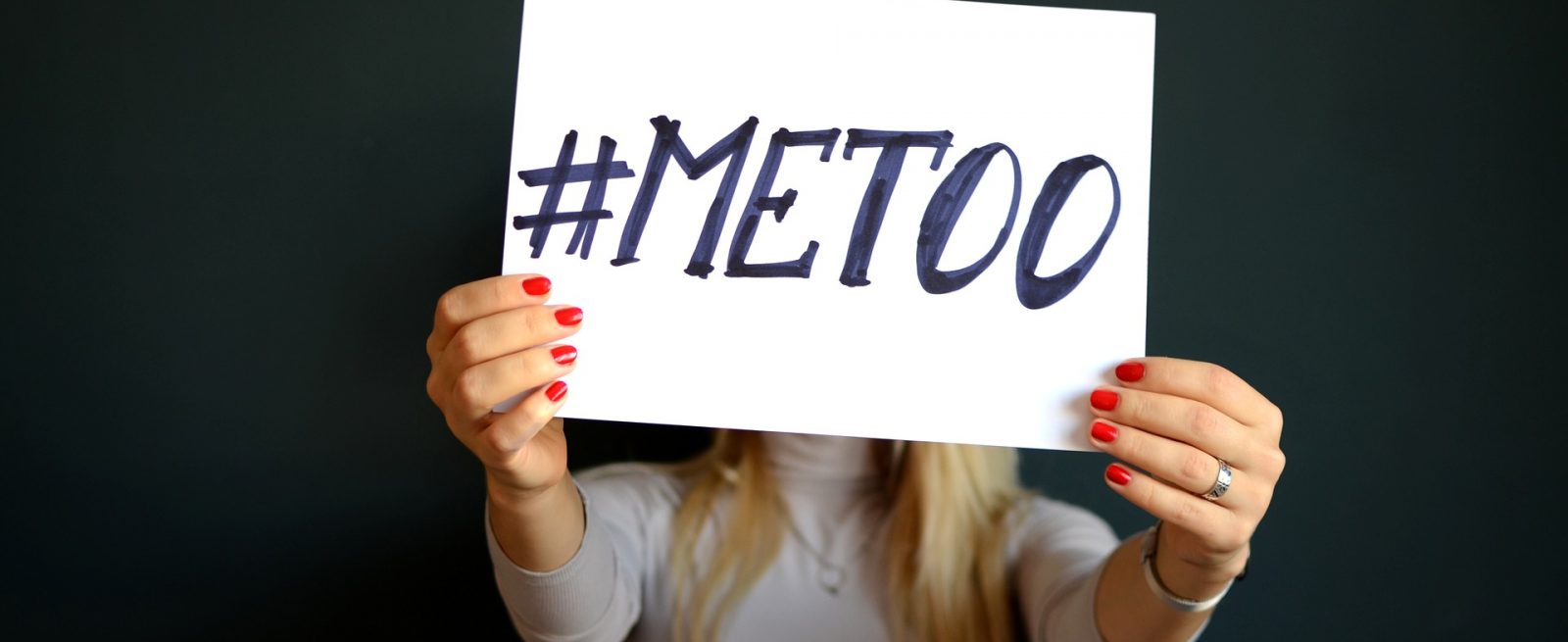Managing in the #MeToo Environment – Part I
4 Min Read By William S. Hubbartt
“Jury awards $7.7M in Chipotle manager sexual harassment case.”
This attention grabbing headline, which appeared in leading restaurant industry on-line publication in 2016, turned out to be fore-telling of events to come. Since that time, news reports have erupted with almost daily stories about employee claims of sexual harassment and the #MeToo movement which spread virally on social media in October 2107 and then mainstream news mediums.
The #MeToo movement is a phenomenon that has erupted much like a volcano spewing fire and brimstone igniting the resolve of working women to strike back at the sexual harassment and assault that they have experienced in the workplace. Women’s complaints about sexual misconduct have alleged misconduct by various leading business, political and media personalities, and have resulted in resignations or discharges some prominent and high-ranking individuals beginning with notables Hollywood mogul Harvey Weinstein and television personality Matt Lauer, and including others such as celebrity chefs Mario Batali and John Besh in the restaurant industry.
Business as usual in the era of the #MeToo environment is not a wise management philosophy.
Government enforcement agencies like the federal Equal Employment Opportunity Commission (EEOC) which receives and processes employee job discrimination complaints, are the front line in responding to employee charges of sexual harassment. The EEOC reports that its sexual harassment complaints in 2018 rose by 12 percent over the prior year, and that it filed 66 harassment lawsuits, including 41 sexual harassment suits, an increase of more that 50 percent from the prior year. EEOC recovered nearly $70 million for victims of sexual harassment through litigation and administrative enforcement in fiscal year 2018. Many of those discrimination charges were against employers in the restaurant industry.
Clearly, business as usual in the era of the #MeToo environment is not a wise management philosophy. The dynamic of an “extra-curricular” personal inter-action between two individuals, such as a sexual proposition or grabbing a “free feel,” can readily become a posted report or audio or video on Instagram or other social media platform which can virally explode from one viewer to images circulated to thousands or to millions of viewers. Social media and communication from hand held devices has irrevocably altered individual and mass communications; one report asserts that the number of cell phones in the US (327 million) exceeds the US population of 315 million.
Individuals who complain of sexual harassment often describe conduct that began harmlessly enough as comments from a co-worker or a superior that may begin subtly as innuendos that could be interpreted two ways, one harmless and the other as sexually suggestive. Then, the comments seem to progress to inquiries about personal life, dating relationships, and progressing further to friendly flirting testing the target’s receptivity by leading to talk or jokes about sexual activity or display of sexually explicit images, ultimately becoming explicit requests or demands for sex.
Where employee social interaction was commonly face-to-face discussion, we now see workplace communication using mediums like instant messaging or e-mail, and now more likely cell phone texting as the conduit of choice for sexual propositions. The restaurant work environment is primed for unwanted physical sexual harassment conduct. In the close quarters of restaurant kitchens and food prep areas, inadvertent bumps of passing individuals can readily become sexually oriented grabs, gropes and grinds.
Government rules define sexual harassment, considering it as un-wanted sexual conduct and therefor different from romantic or mutual sexual interest between consenting individuals. Sexual harassment is about power; one person exercising dominance over another. It can occur as a sexual proposition with strings attached (“give me favors [sex] if you want to keep this job”) with resulting harassment or discharge for rejecting the entreaty, conduct referred to as “quid pro quo.” In some work environments, sexual harassment is seen with such frequency and severity as to be considered a hostile environment.
A restaurant manager whose own conduct tests these waters, or who looks the other way knowingly allowing a fellow manager or an employee to engage in such conduct thinking that it is just harmless joking around, is now, in the #MeToo era, playing with fire. Such conduct can be much more than public embarrassment; it can result in negative publicity, possible criminal complaints when there is evidence of sexual assault, discrimination complaints and investigation, and ultimately lead to costly litigation. Sexual harassment complaints filed under certain state or local laws can name the offender individually as well as the restaurant employer as a defendant in lawsuits.
EEOC law suit judgments for a handful of cases examined for this report on sexual harassment cases against restaurants in 2018 range from a high of $340,000 – Indies Fast Food Restaurant, $220,000 – Francisco Fine Foods, LLC, $160,000 – Rosebud Restaurants, Inc., $100,000 Scottsdale Wine Café LLC, $75,000 – New Apple, Inc. $55,000 – Heartland Foods LLC, $66,598 – Las Trancas of Martinsburg, Inc., to $25,000 for a settlement against LA Fiesta Fresh Mexican Grill and Cantina.
A recent study by insurance provider Hiscox USA reported that small to medium sized enterprises that were defendants in employment discrimination charges or litigation dealt with such matters for a period averaging 318 days, and incurred settlement costs averaging $160.000. Firms which carried some sort of employment practices or other form of liability insurance to protect against such losses still encountered an average cost out of pocket payout of $50,000 for the deductible portion of protection.
For more information on this important topic, providing practical tips on how to protect your firm, read the next installment, Managing in the #MeToo Environment – Part II


